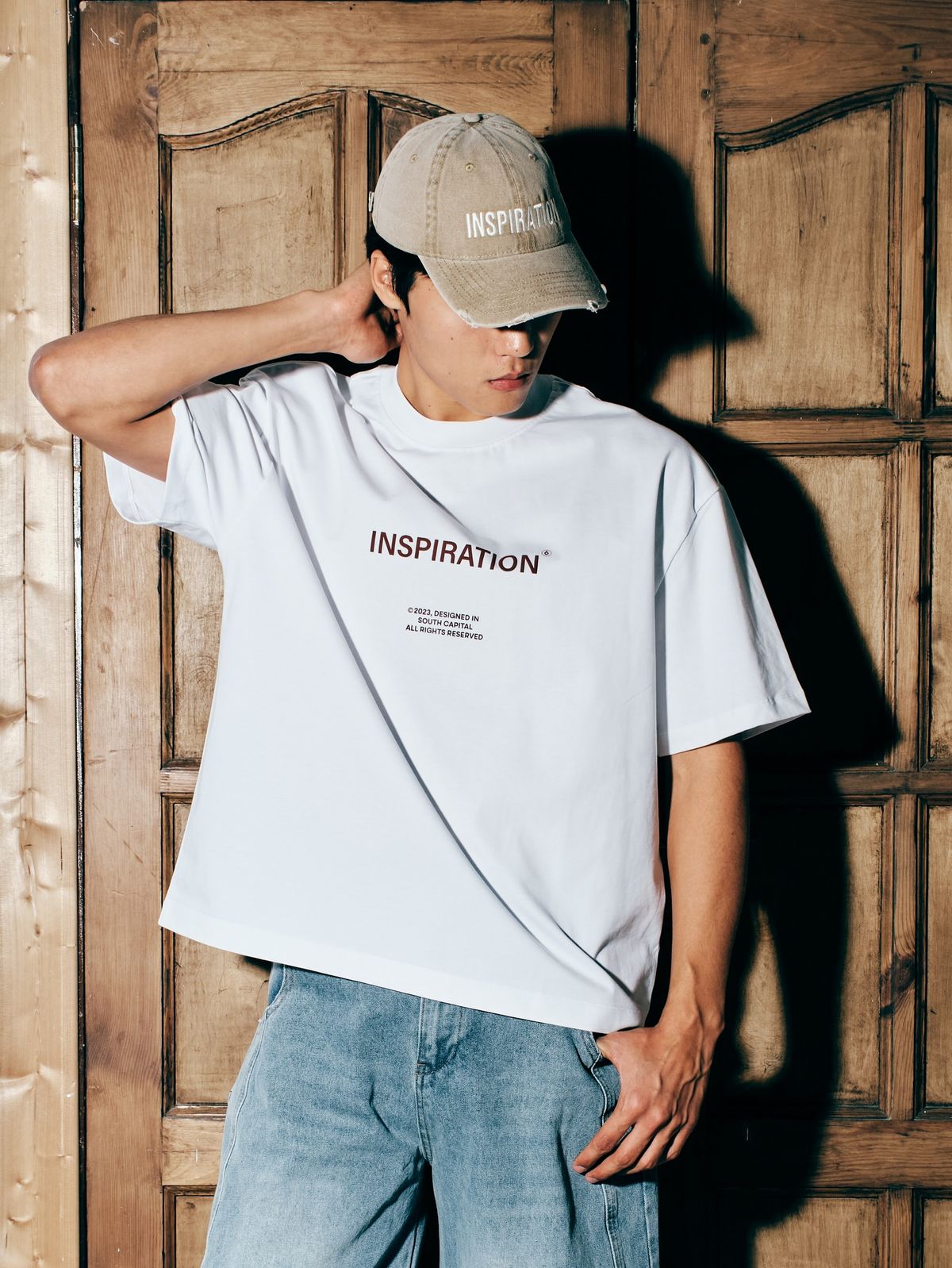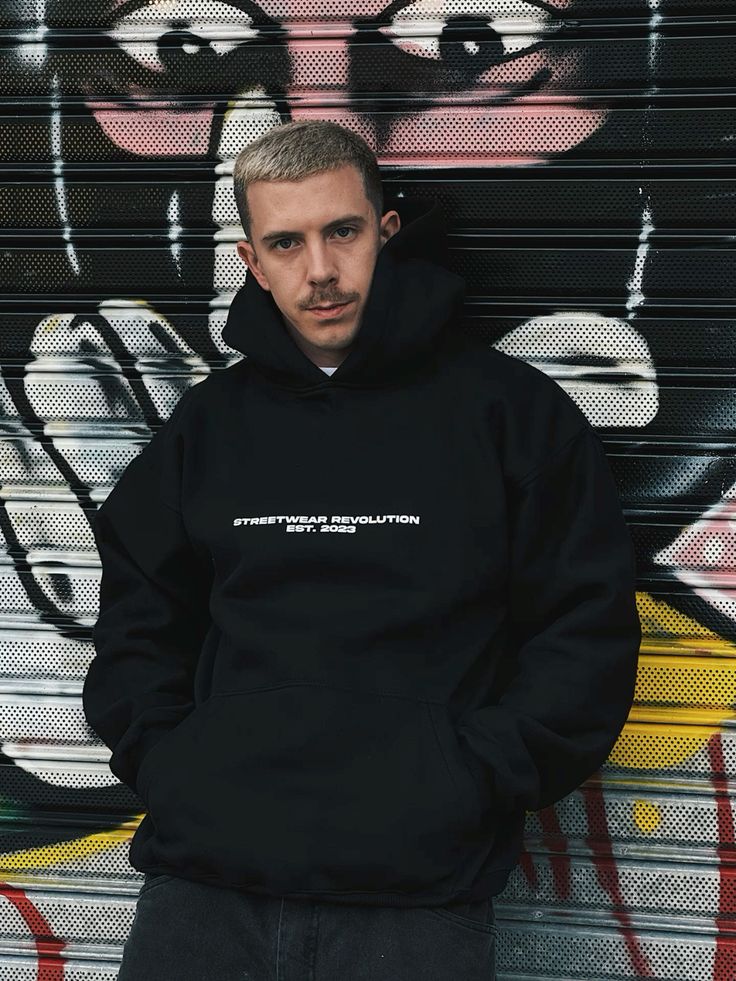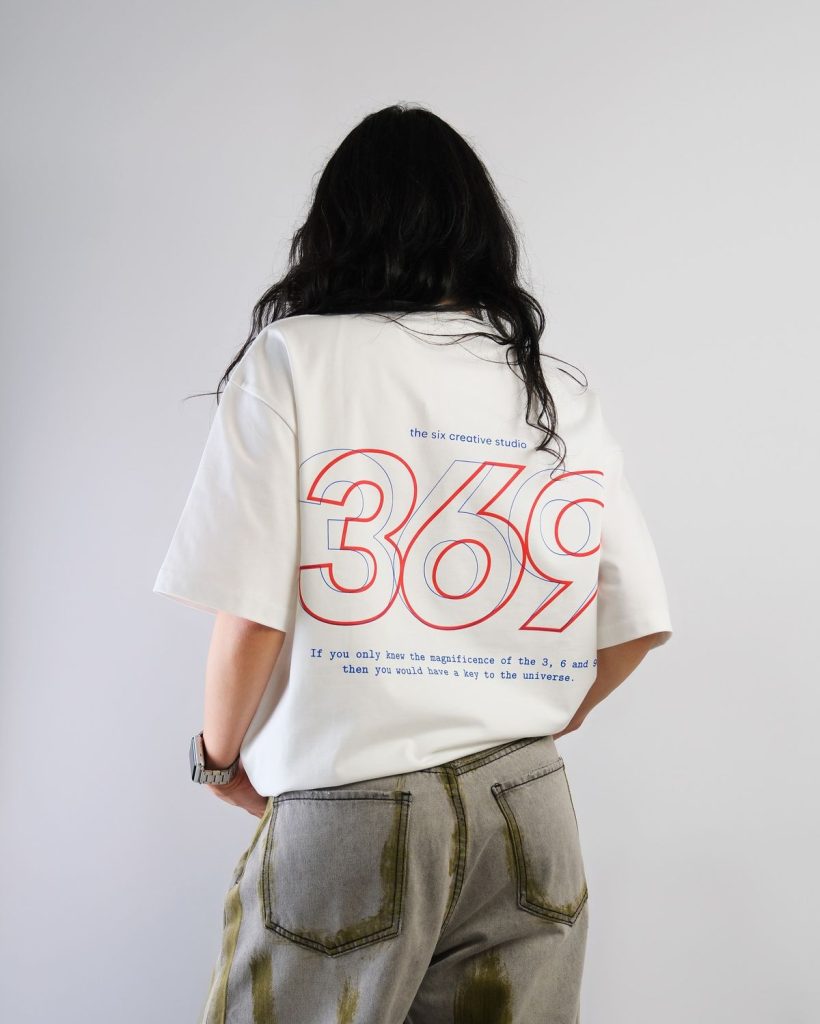Introduction
Fashion in 2025 is no longer confined to the strict boundaries of formalwear, office attire, or special-occasion dressing. Instead, one of the most noticeable cultural shifts is the transformation of loungewear into everyday fashion, a movement driven by comfort, practicality, and the demand for versatility in modern life. Once reserved for quiet evenings at home, loungewear has transcended its domestic roots, stepping boldly into streets, cafés, workplaces, and even upscale social settings. This evolution reflects how clothing continues to serve as both personal armor and cultural statement, mirroring the values of individuality, inclusivity, and lifestyle fluidity.
The rise of loungewear represents more than a fleeting trend; it is a recalibration of priorities in fashion. People want garments that combine ease with elegance, allowing them to feel comfortable without sacrificing style. With innovations in fabrics, cuts, and sustainable practices, brands have reshaped sweatpants, oversized hoodies, knit sets, and athleisure-inspired outfits into wardrobe staples that can be dressed up or down depending on the occasion.
In 2025, this phenomenon is amplified by social media, celebrity influence, and a global emphasis on wellness and authenticity. Clothing is no longer only about presenting an image to the outside world; it is equally about how garments feel on the body and how they enable self-expression. The fusion of chic design with cozy construction defines the modern aesthetic of loungewear, which now serves as a bridge between private relaxation and public presentation.
As we explore this cultural shift, it becomes clear that loungewear is no longer just clothing for the home. It has evolved into a symbol of empowerment, adaptability, and new-age sophistication. The following sections will dive deep into its history, its contemporary influence, and its role in shaping fashion’s future.
From Pajamas to Power Dressing: A Historical Glimpse
The journey of loungewear from its humble origins to its elevated role in modern wardrobes is layered with cultural and social significance. In the early 20th century, loungewear was seen as a category strictly associated with pajamas, nightgowns, and house robes—garments designed for domestic privacy rather than public visibility. These pieces were soft, loose, and purely functional, intended to bring comfort during downtime rather than make a style statement.
As fashion began to evolve through the decades, the boundaries between home and outside attire slowly blurred. Post–World War II, leisurewear entered the mainstream with garments such as casual trousers, knit cardigans, and relaxed dresses that could transition from private to public spheres. The idea of comfort as a fashion asset grew stronger during the 1970s, with the rise of yoga culture and health-conscious lifestyles, when stretchy fabrics and breathable textiles began gaining popularity.
The late 1990s and early 2000s saw the dawn of tracksuits and velour sets, embraced by celebrities and pop icons. These outfits merged a sense of luxury with leisure, creating the foundation for what would later become modern loungewear aesthetics. The global pandemic in the early 2020s dramatically accelerated this transition, as remote work and lockdown living prioritized comfort while still requiring people to look presentable for virtual meetings. What was once private suddenly became public, and sweatpants paired with chic tops or minimalist accessories emerged as a new form of work-ready attire.
By 2025, loungewear has taken its rightful place in mainstream fashion as a respected category in its own right. Rather than being seen as a compromise, it is now celebrated as a conscious choice—a reflection of cultural values that prioritize wellness, versatility, and individuality.
Fabrics Defining the Future of Loungewear
The materials used in loungewear have played a decisive role in its transition from casual wear to fashion-forward ensembles. Designers have invested heavily in innovation, creating textiles that balance comfort with refinement.
One major breakthrough has been the widespread use of sustainable fabrics, such as organic cotton, bamboo blends, recycled polyester, and hemp-based textiles. These eco-friendly materials not only provide softness and breathability but also align with consumer demand for environmentally responsible fashion. Shoppers in 2025 are increasingly drawn to garments that tell a story of ethical sourcing and reduced carbon footprint, making fabric innovation an essential selling point.
Additionally, performance-driven textiles have entered the scene. Moisture-wicking materials, wrinkle-resistant knits, and fabrics infused with adaptive technology allow loungewear to function seamlessly across multiple settings. These advancements ensure that clothing remains comfortable throughout the day while maintaining a polished appearance, even after hours of wear.
Luxury has also redefined itself through fabric selection. Cashmere blends, silk knits, and high-quality modal offer loungewear a sense of sophistication once reserved for eveningwear or business attire. The tactile experience of these textiles elevates everyday outfits, creating ensembles that feel indulgent yet practical.
The fabrics of 2025 embody the philosophy that comfort and style are no longer mutually exclusive. Instead, they coexist in harmony, allowing individuals to embrace garments that serve multiple purposes while reflecting their values and lifestyles.



